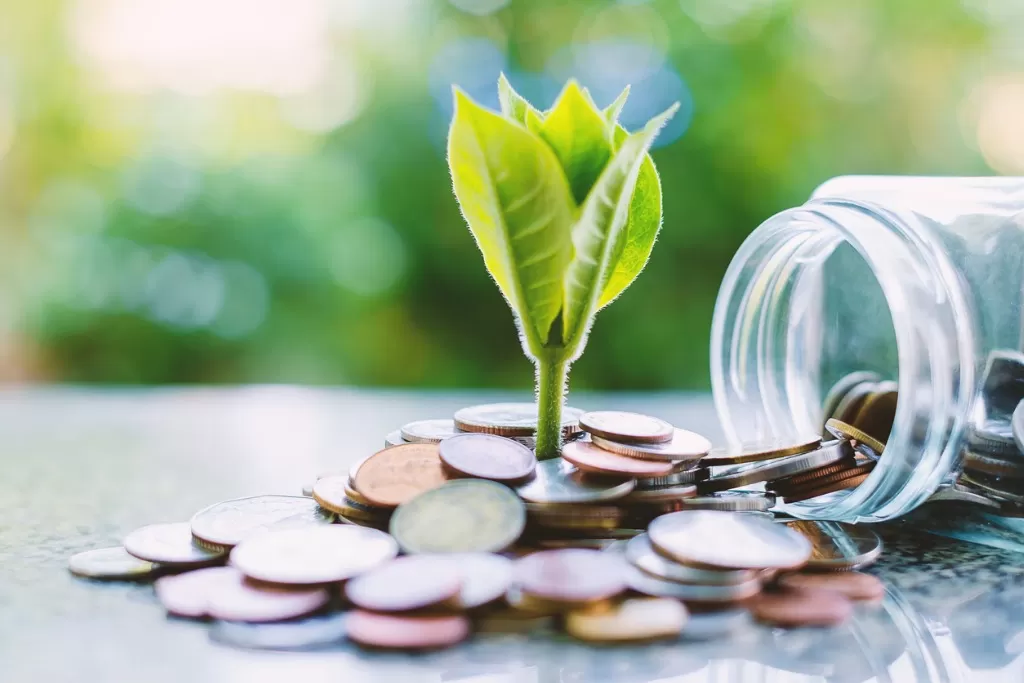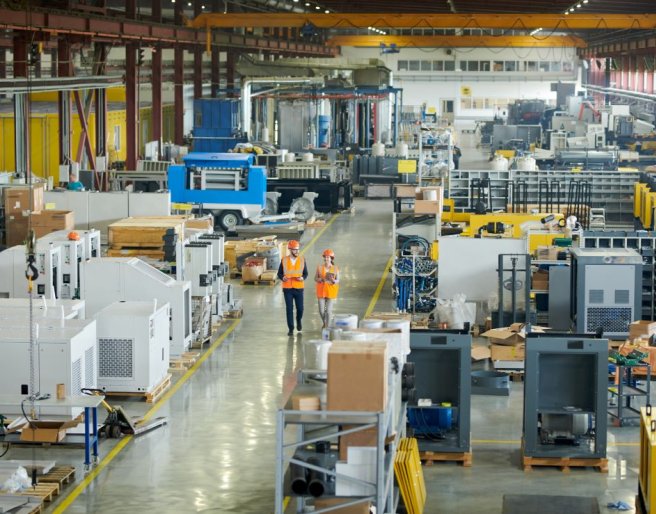
With the recent floods in Belgium and the rest of Europe, climate change is more topical and closer than ever. Our politics and society say that we must adapt to the new circumstances. We need to do more to combat climate change. The IPCC report itself speaks of code red and already makes it clear that we will certainly exceed the 1.5°C limit. But how can a finance department help with this or even take the lead and seize this as an opportunity for value creation?
Review existing KPIs
General KPIs or for example specific sales KPIs are usually focused on the financial aspect. Sit down with HR and conduct a critical review. That doesn't mean turning everything around. A different wording can set a completely different tone. eg. Suppose a KPI is defined as “raw materials decrease by 15%”. This could perhaps be rewritten as “more efficient use of resources by 15% measured on reduction of costs or amount of consumption”.
Calculate externalities
The problem with climate change is that it does not start or stop at the edge of a company site or at national borders. Who is responsible is always the big question. A current theme is 3M's PFOS pollution. Here the source of pollution was relatively clear but in many cases it is impossible to put your finger on it. A company does not feel the direct impact of pollution from CO2 emissions or it (usually) does not have to pay for the increased costs to society in the form of health care.
It is almost certain that companies will be held responsible for their emissions in one way or another. The EU wants to achieve a 55% reduction in “greenhouse gas emissions” by 2030, that is in less than 9 years. In addition, they want to be 'net-zero' (i.e. climate neutral) by 2050. The instrument of the EU is the 'Emission Trading Scheme' system whereby awarded emission certificates can be traded in the market. Those who do better have certificates left to trade and thus make a profit. But the Carbon Border Adjustment Mechanism (CBAM) will also have to ensure that European companies are not penalized compared to their foreign competitors. The US government is currently debating a carbon tax system or a cap-and-trade system (similar to the EMT Scheme in the EU) where the market sets the price.
Experts believe that companies will really start to make the change at a price of about $100/kg CO2. In investment files and calculations, this indicative figure can be used to calculate the higher cost. A 'more sustainable' option can have a much higher ROI because (part of) the CO2 costs can be avoided. This is a must, especially for investment projects over 5 years!
Another topical theme is company cars in Belgium, a rather specific situation for our Belgian market compared to neighboring countries. Hybrids are now the go-to for companies. But what if, for example, you already give incentives for electric cars? You avoid a lot of emissions as a company and initiate a mindset change throughout the company to put sustainability at the center. But more importantly, the cost price of an electric car measured over its lifespan is already similar or even cheaper. eg. maintenance is much cheaper and fuel is of course unnecessary. So provide a larger lease budget for the employee at the start of the lease and compare the cost price over a total lease term, including fuel and maintenance.
Avoid greenwashing
There are many ways to carbon offsetting existing emissions. eg. of a production process. However, sustainability is a mindset and starts already in the design and innovation phase of a new product or service. It is about less use, recycling or reuse, etc. After all, the earth's resources are finite. So be careful not to jump too quickly to the offsetting solution. Instead, focus on evaluating existing processes and see what you can do more with less. Or rather provide budget for the operations to do this exercise. This exercise alone often means new insights that lead to cost savings.
Another example is looking at how old products can be recycled or reused. Is there already a 'preloved' system (i.e. certified second-hand system) in place? Start small with a number of pilot projects. Set up a shadow brand, for example via an Amazon webpage and test whether consumers are interested in your second-hand products.
Whats in a name right? Sustainable finance is a very widely used term, so don't wait! Start with small initiatives and changes that have a positive effect on the environment. This sets in motion a true mindset shift and extends far beyond the finance department. The benefits can not only be reaped in terms of reduced costs due to less consumption of products and raw materials, it can even give innovation and value creation an extra boost!
Tim started his career in audit and worked for five years on various projects in various sectors (healthcare, manufacturing, robotic surgery, chemistry, software,…). Over the years, his passion for finance and business development through technological innovation grew.
Since 2021, Tim even has an MBA in Digital Innovation and started in the same year as a Finance Project Consultant at Hyphen.
